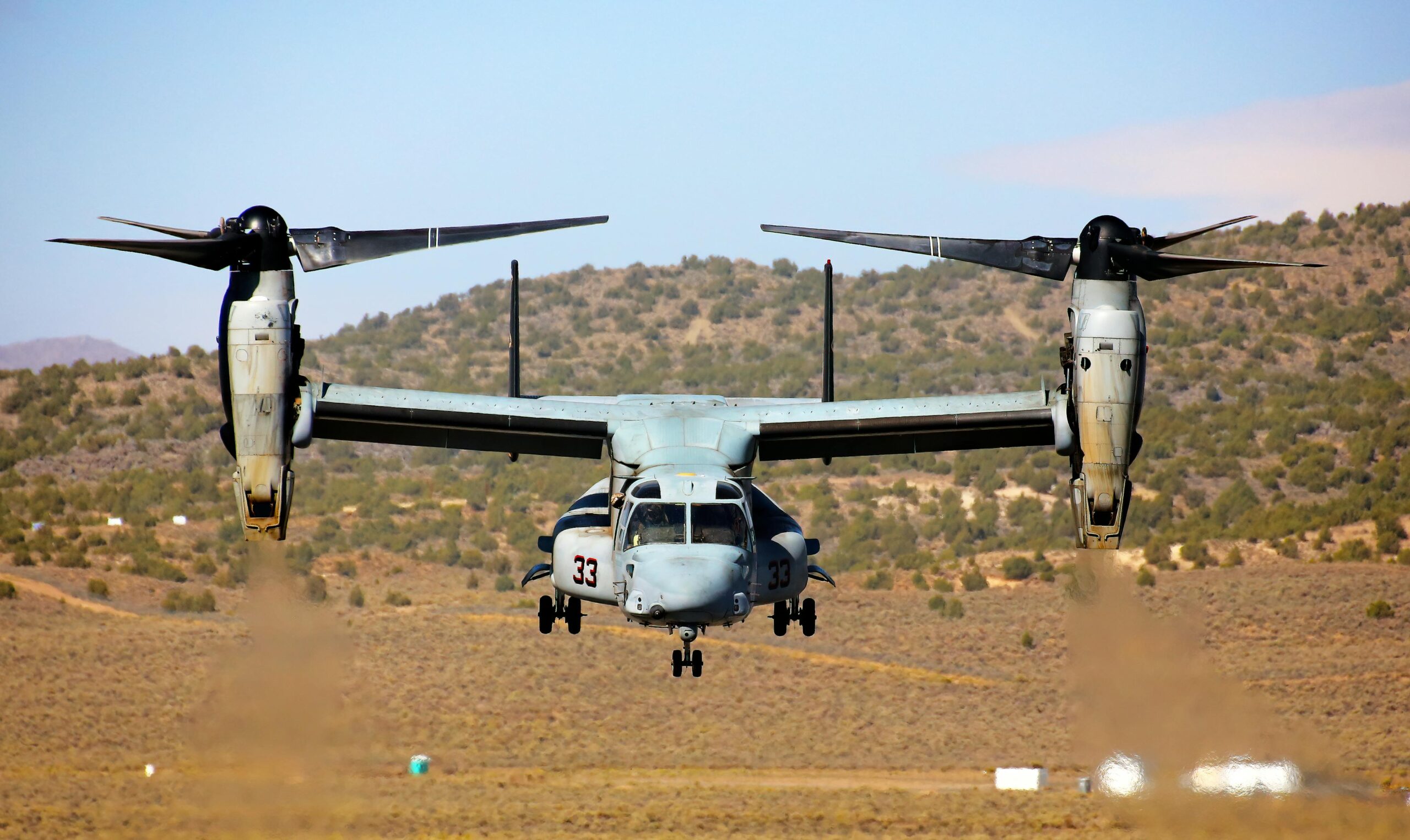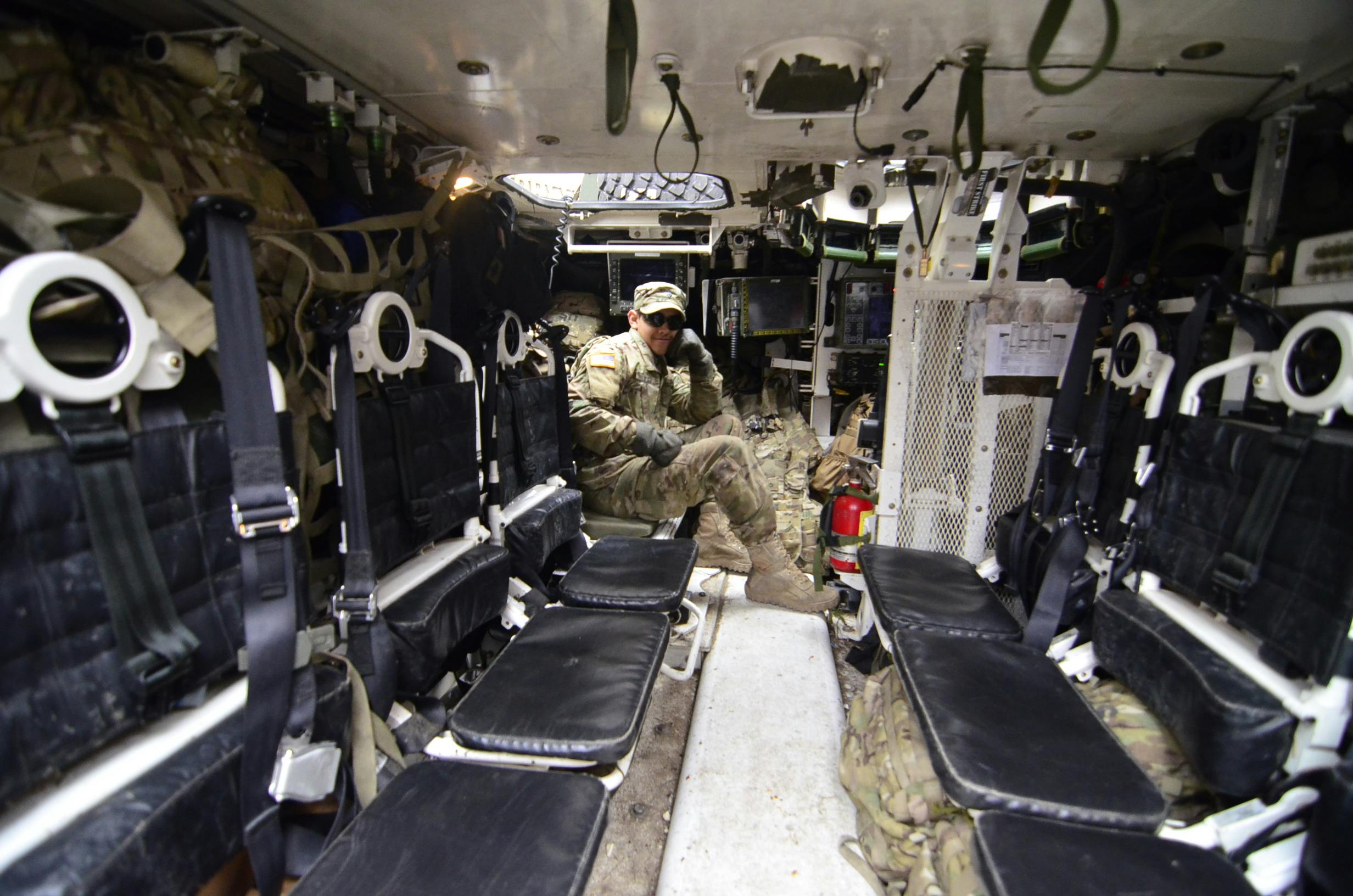The future of battlefield air power is taking flight—literally—as the US Army and DARPA unveil a new fleet of lightweight, autonomous VTOL (vertical takeoff and landing) drones. These next-generation unmanned aerial systems, weighing under 150 kilograms, are about to undergo a series of cutting-edge flight tests designed to showcase their endurance, versatility, and game-changing battlefield support capabilities. This marks a significant shift in how military units can access and utilize aerial support, fundamentally changing operational capabilities.
Introducing the DARPA EVADE Initiative: Speed Meets Innovation
In June 2025, DARPA announced the Early VTOL Aircraft Demonstration (EVADE)—a bold program designed to accelerate the deployment of five advanced VTOL drones. This initiative underscores DARPA’s commitment to rapid prototyping and deployment of transformative technologies. Each drone tips the scales at under 330 pounds (150 kg) but is designed to deliver substantial capabilities:
- Endurance: Minimum 12 hours of flight time
- Range: 100 nautical miles (185 km/115 miles)
- Payload: 27–60 kilograms (60–132 pounds)
- Mission Roles: Logistics, communications relay, weapons delivery, synthetic aperture radar, and ISR/RSTA (intelligence, surveillance, reconnaissance, target acquisition)
The EVADE program represents more than just building drones; it’s about developing a new paradigm for aerial support, combining long flight times, significant payload capacity and multifaceted mission roles.
Autonomous Brains and Seamless Integration
A critical element in the EVADE drones’ functionality is the sophisticated software driving them. All five EVADE drones are powered by Sikorsky’s MATRIX flight autonomy algorithms, originally developed for DARPA’s ALIAS program. This software provides a significant advantage by enabling:
- Full mission management: From takeoff to landing, the software handles all aspects of flight.
- Minimal operator input: Simply define the mission parameters and the drone executes the task, reducing the burden on operators.
- Rapid adaptation to changing battlefield conditions: The drones can adjust to unforeseen circumstances and unexpected environmental factors.
Furthermore, the integration of these drones with the Navy’s Battle Management System and the Tactical Assault Kit is essential for real-time tactical data transmission to troops in the field. This eliminates the need for bulky ground control stations, providing actionable intelligence directly to small military units at the squad level—a truly transformative change in battlefield communication.
Built for the Battlefield, Not the Airfield
What truly differentiates these VTOL drones is their ability to operate without traditional airfield infrastructure. Designed for “infrastructure-less” launch and recovery, they can be deployed from a variety of locations, including naval vessels, remote outposts, or even the back of a truck. This capability significantly broadens the scope of possible operations and democratizes access to air power.
This “infrastructure-less” design means even small Army, Marine, and Special Operations teams can now call in their own air support, logistics drops, or surveillance missions on demand—a considerable strategic advantage.
Fast-Tracked Development and Real-World Testing
Originally slated for late 2026, the EVADE flight tests are happening a year ahead of schedule. This accelerated timeline underscores DARPA’s philosophy of prioritizing rapid iteration and real-world feedback over striving for absolute perfection. The goal is to identify and resolve issues quickly, ensuring that the technology is field-ready as soon as possible.
The five designs participating in the EVADE program differ in speed, payload, and VTOL mechanisms. This allows DARPA to thoroughly evaluate a range of design trade-offs and mission profiles, maximizing learning and ensuring the chosen path aligns with operational needs.
Strategic Impact and the Road Ahead
The ANCILLARY (AdvaNced airCraft Infrastructure-Less Launch And RecoverY) program, under which EVADE operates, isn’t just about a few flight tests. It’s about building a robust industrial ecosystem focused on rapid scaling and military adoption. This broader vision encompasses:
- Certification and mass-production: The initial prototype drones will be refined and prepared for widespread use.
- Empowering non-aviation military units: Equipping military units without aviation expertise to field and operate these drones is a key objective.
- Broadening access to advanced aerial capabilities: Ultimately, this program aims to make advanced aerial capabilities more accessible, reshaping battlefield tactics across the military.
Pending successful summer tests, DARPA plans to transition these systems to US military services by the end of 2025. This transition will usher in a new era where agile, autonomous air support is available to even the smallest units, anywhere, anytime. This marks a fundamental shift in military capabilities and operational flexibility.
The Takeaway
From logistics resupply to real-time battlefield intel, these lightweight VTOL drones are poised to redefine the possibilities for US and allied forces. With unmatched endurance, autonomy, and operational freedom, they are more than just another drone—they represent the future of tactical air power, ready to take off and reshape the landscape of modern warfare.






Leave a Reply
You must be logged in to post a comment.